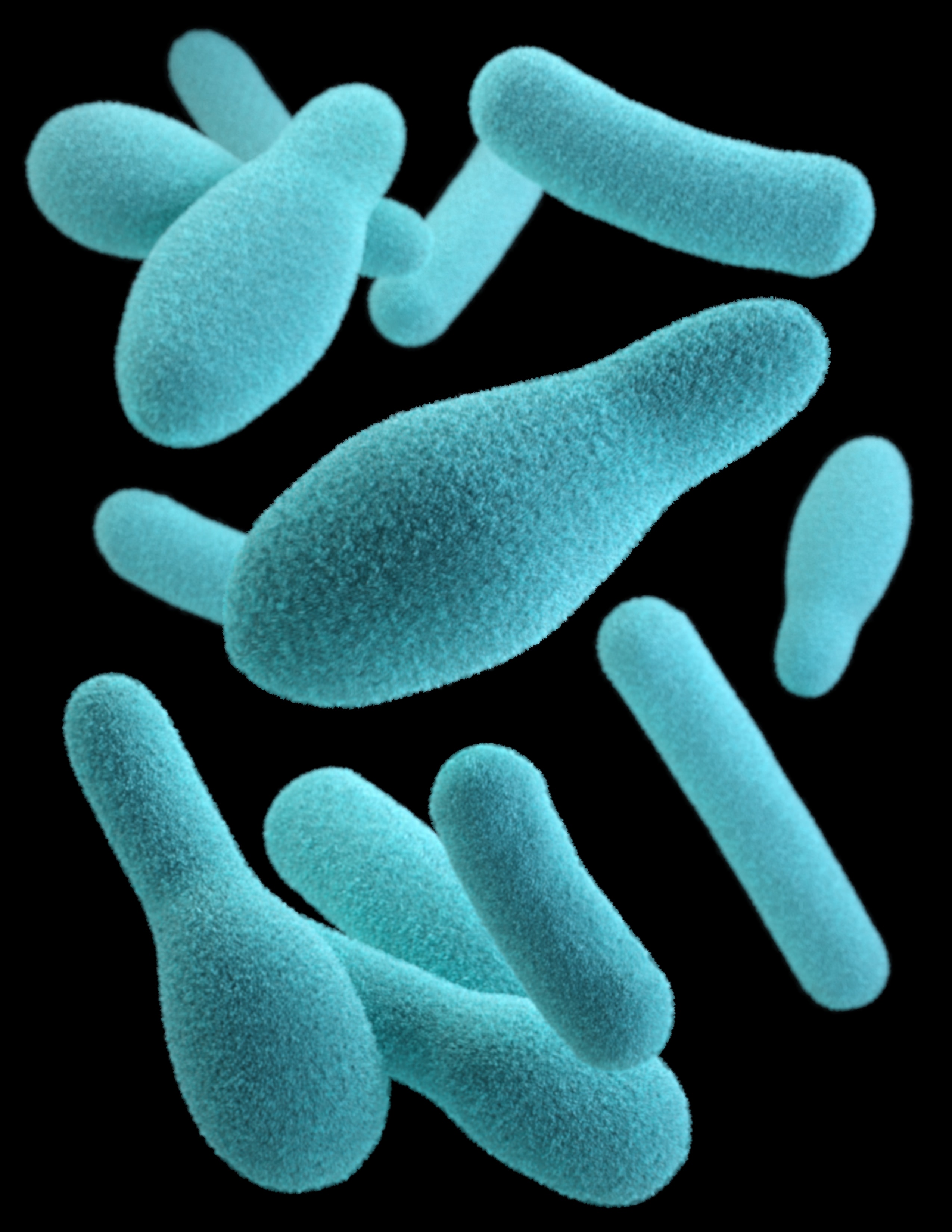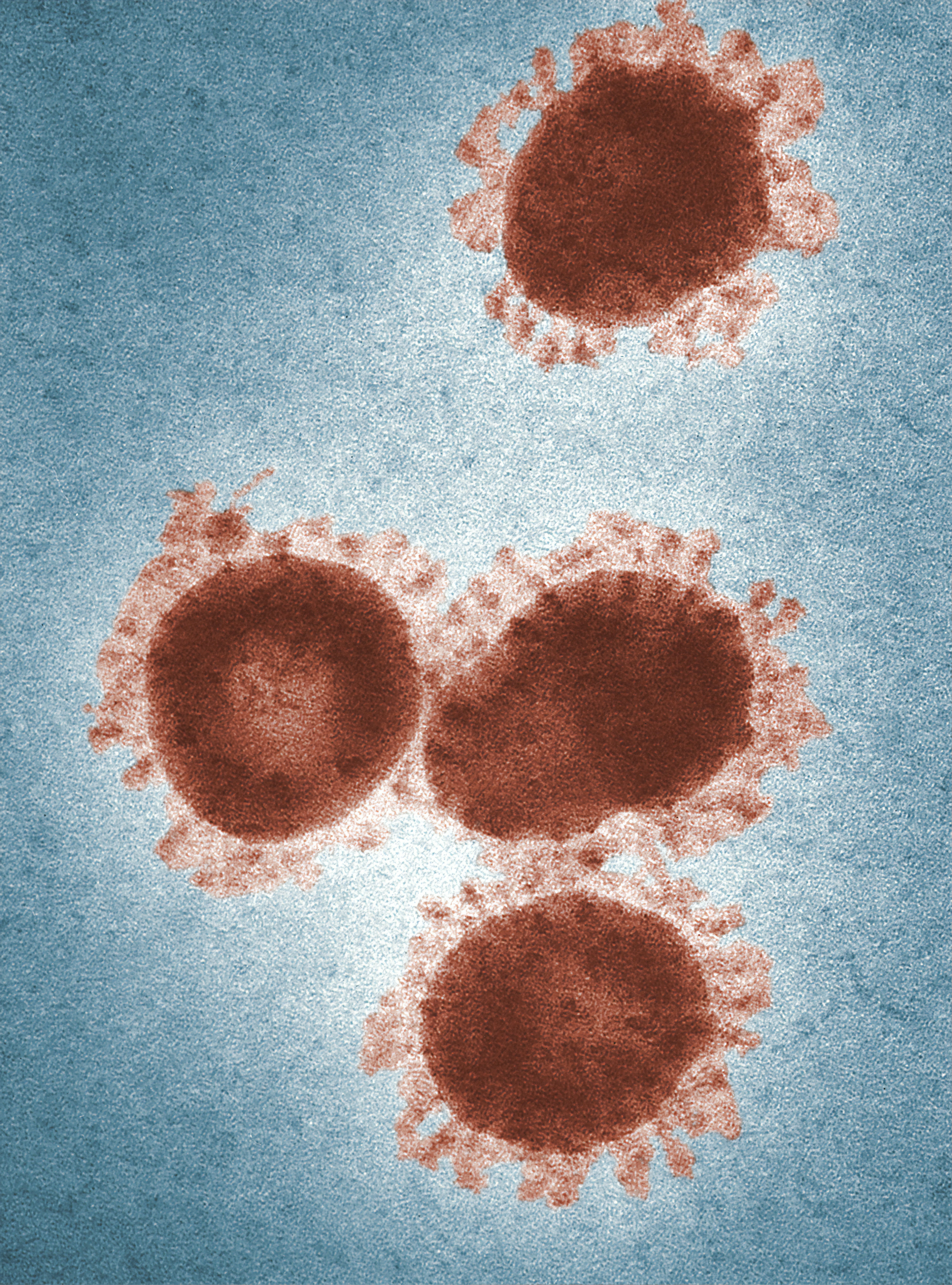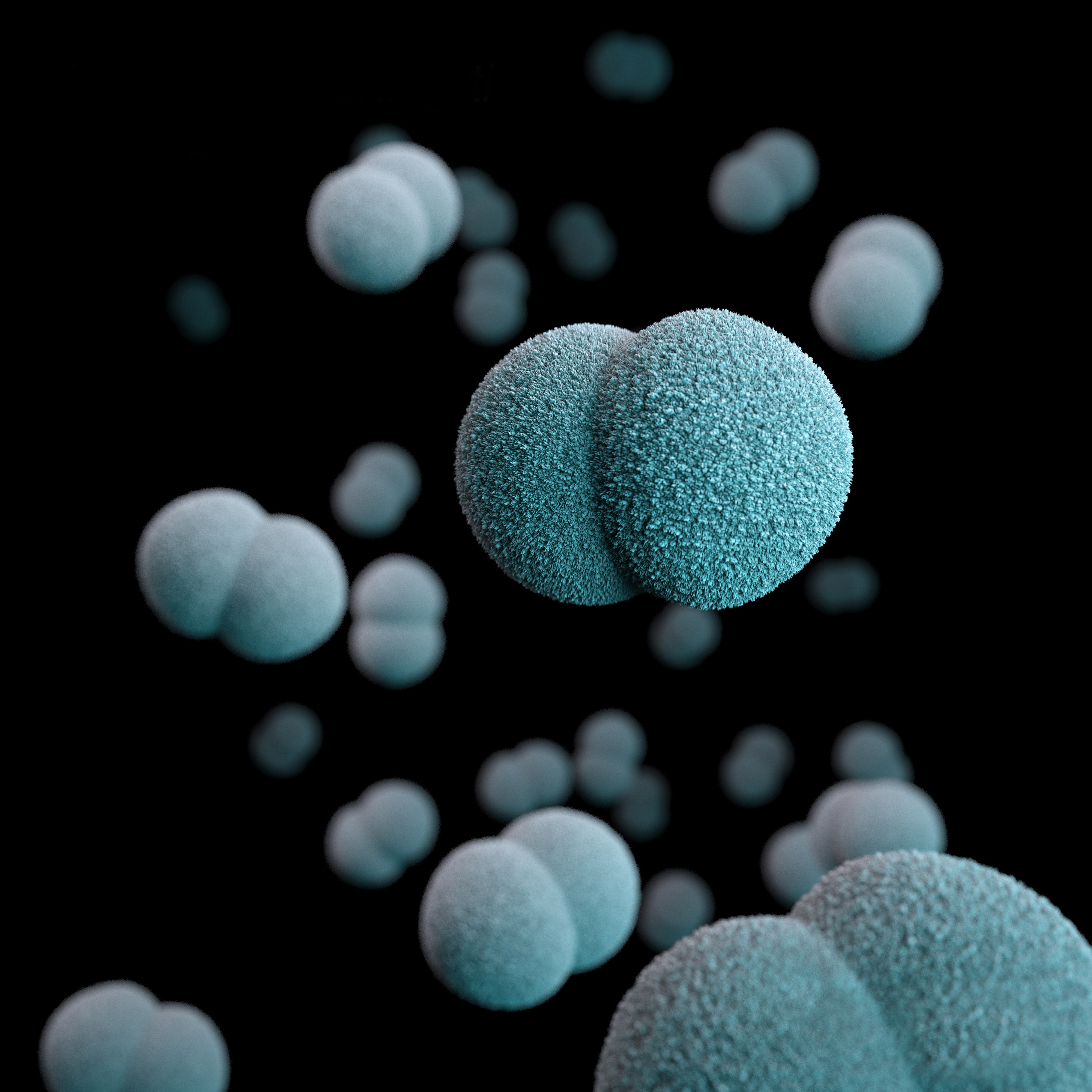Health-AI is a project which uses advanced techniques like AI to detect sudden health issues

We are a group of people with an aim to integrate industrial scale healthcare sector with state of the art technology.
Health-AI is a project which uses advanced artificial intelligence techniques and machine learning algorithms to detect and predict deadly and life threatening diseases.
Detecting and predicting a disease in terms of healthcare is something extraordinary and remarkable the implications of which can save millions of lives, our project Health-AI has achieved this.
Currently, we can detect and predict upto 11 different diseases and medical conditions.
Beyond this, the services that we offer include but are not limited to Pharmacy information, drugs information, latest news health and healthcare topics and blogs of expert physicians of various topics and trends.
At the end of the day, we are a project aimed to integrate high end technology with the field of healthcare while protecting privacy hence, saving lives and making the world a better place.
The following diseases require you to enter NUMERIC details
Numeric Data Required
Enter the details in the form that appears
Numeric Data Required
Enter the details in the form that appears
Numeric Data Required
Enter the details in the form that appears
Numeric Data Required
Enter the details in the form that appears
Numeric Data Required
Enter the details in the form that appears
Numeric Data Required
Enter the details in the form that appears
Numeric Data Required
Enter the details in the form that appears
The following diseases require you to enter IMAGES
Image Required
Enter the image in the dropbox that appears
Image Required
Enter the image in the dropbox that appears
Image Required
Enter the image in the dropbox that appears
Image Required
Enter the image in the dropbox that appears
The following section gives details about the Diseases










